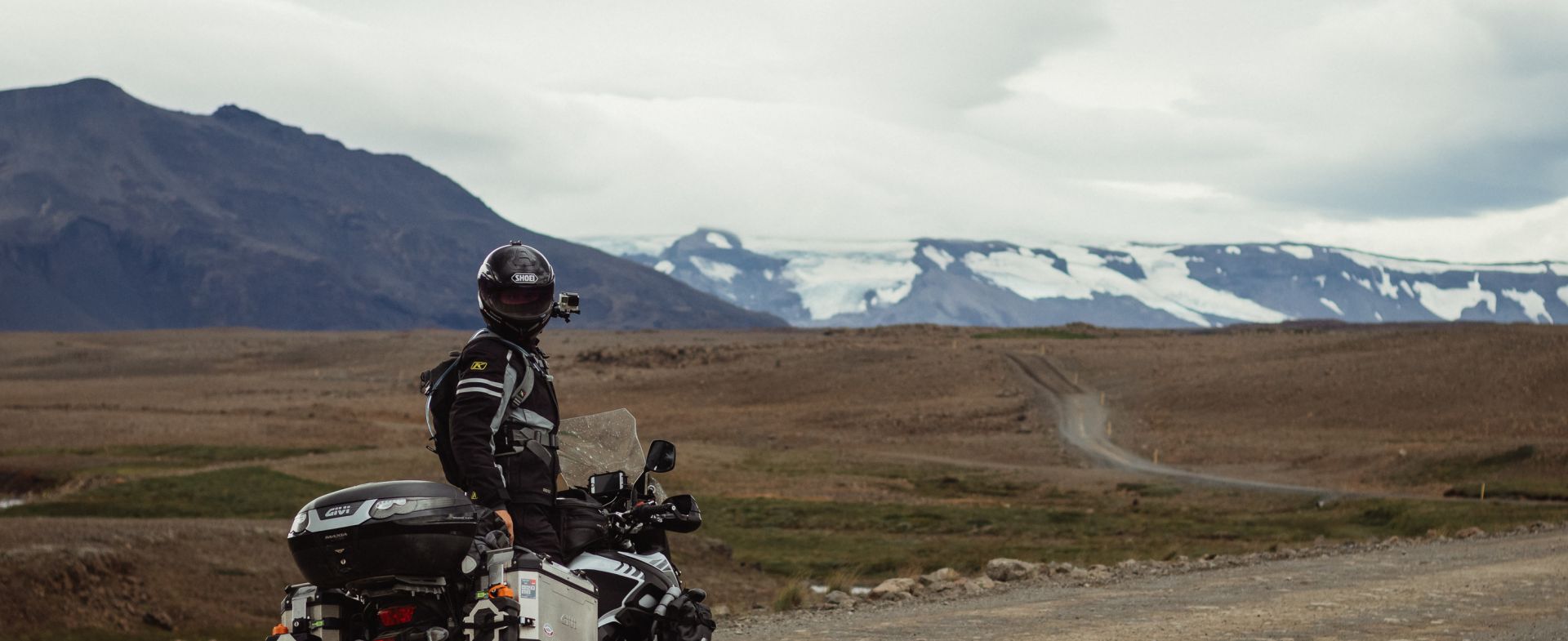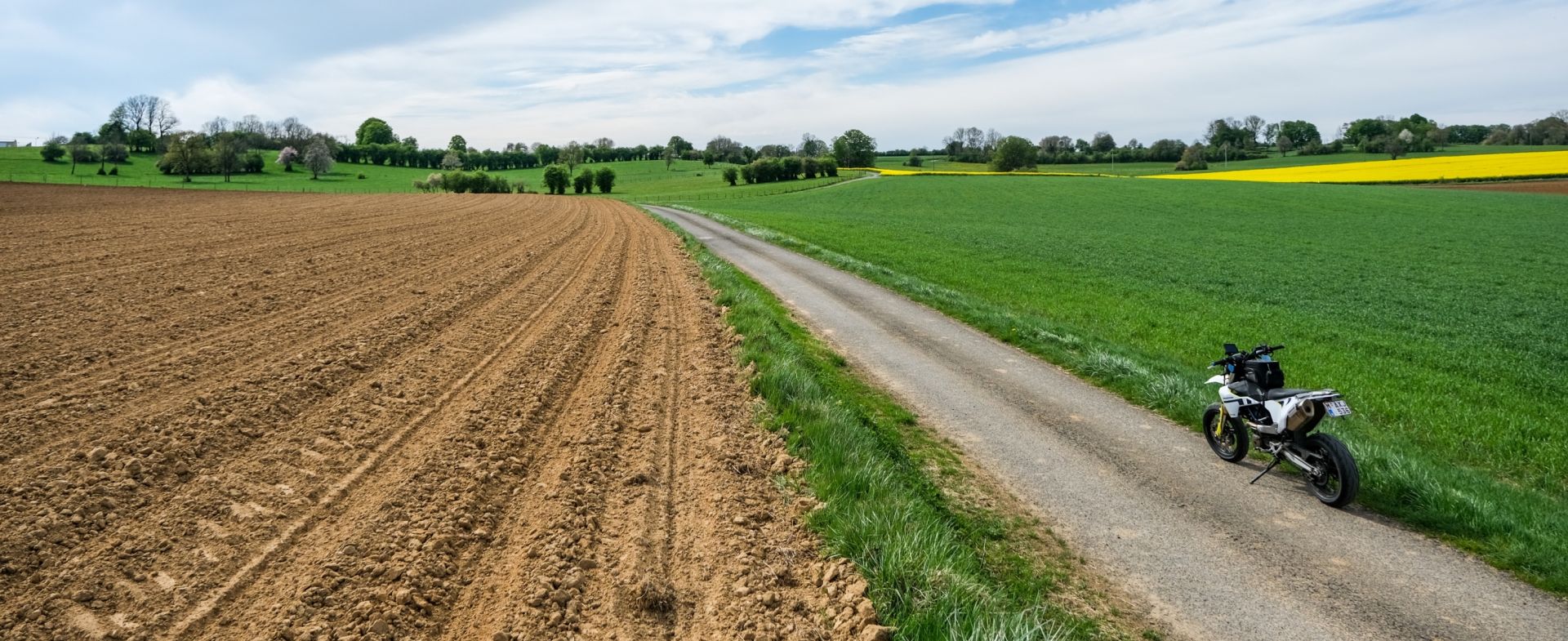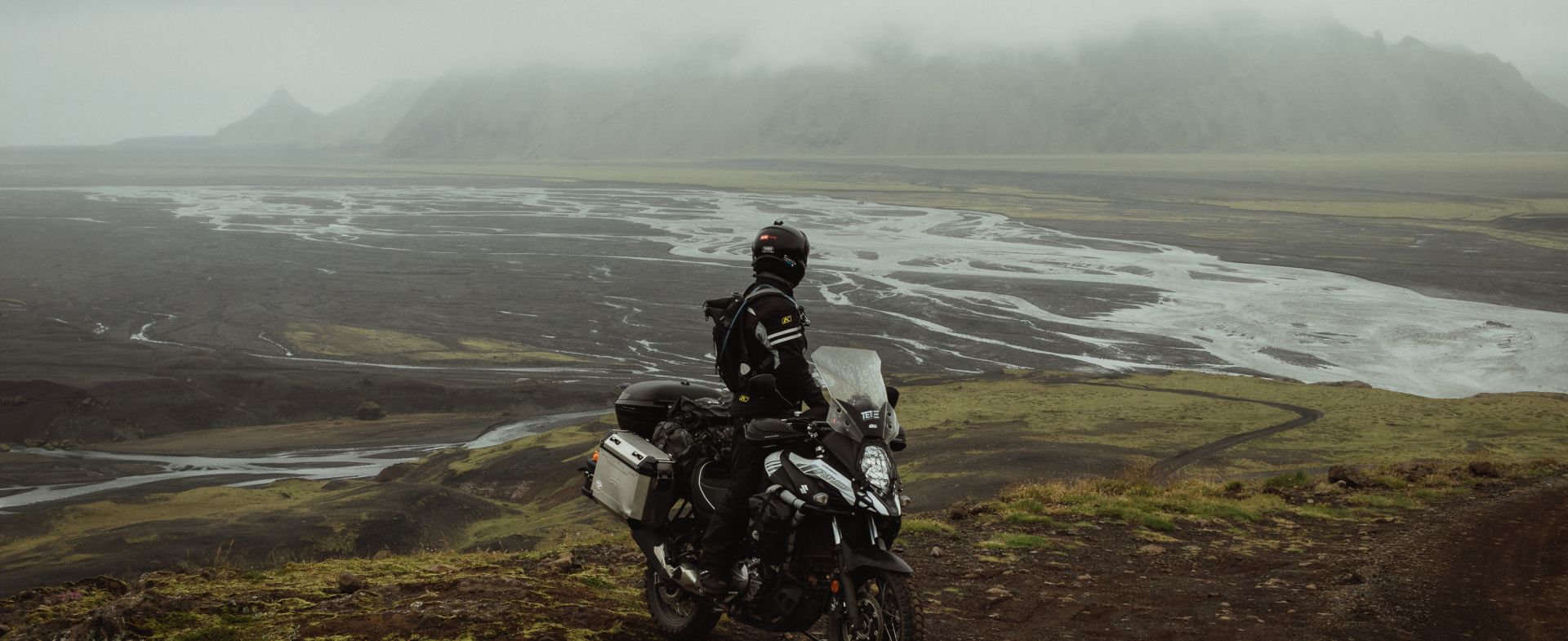It’s time to ride around the Snæfellsnes peninsula and discover the interesting spots hidden here. I already know it will be a typical touristy day: going all-in on the popular tourist attractions and doing a bare minimum of challenging bike routes.
I leave Grundarfjörður around 2 pm, and head west, towards Ólafsvík. A few kilometres further I leave the main road and take a gravel road to the parking lot next to the Svöðufoss waterfall.



















































